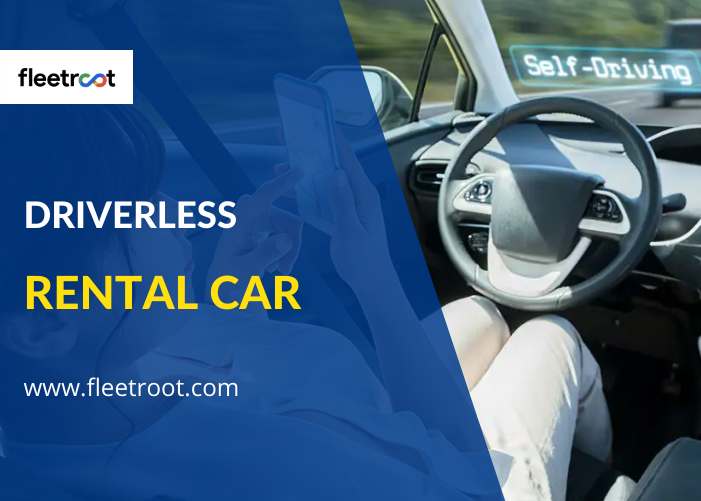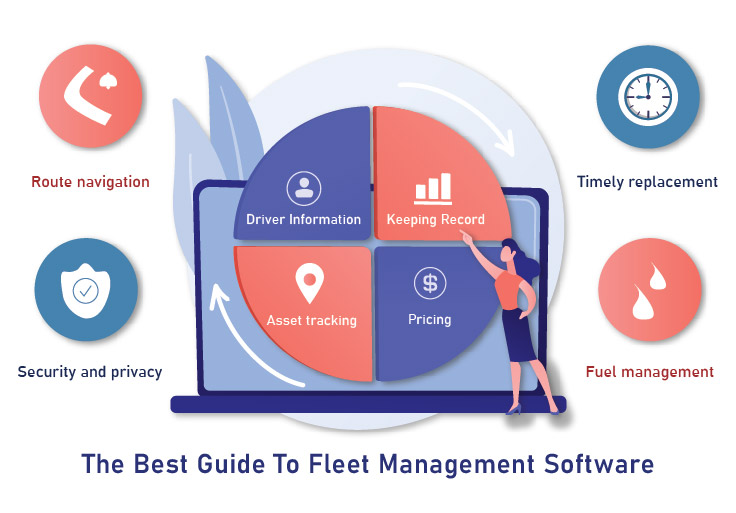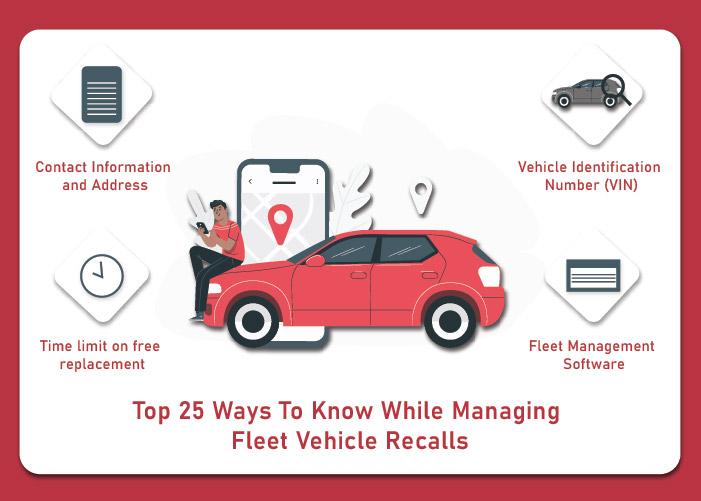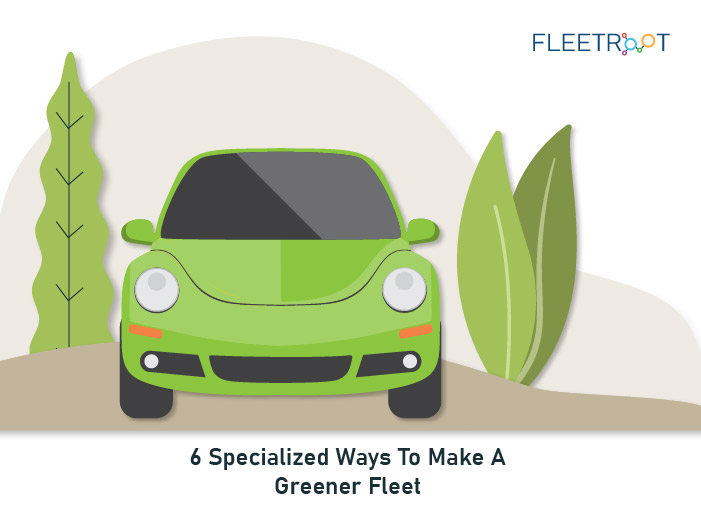Summary
The Automobile Industry has always been at the forefront of innovation, automation, and modern technology. However, even by its own historical standard of rapid innovation and commercialization of such innovation, the concept of Driverless-Cars is, perhaps, the biggest ever!
Given the benefits that Driverless-Cars promise to society, it has marked a line in the sand. And, although several deep concerns remain – some, which will take decades to overcome – the question is not if, but when, Driverless-Cars will become the norm.
In the meanwhile, we encourage you to book a test drive. Simply because a test drive will allow you to experience the benefits of this major innovation of our times without worrying about the issues that remain to be solved. So, go ahead, enjoy yourself!
Driverless Cars – a seismic shift in our lives!
We live in a world that finds new ways of using technology every day. Technology has impacted every industry the world over.
The transportation industry, for example, is among the oldest and largest industries in the world and has provided mass employment for decades now. The advent of driverless cars appears a line in the sand for it like no other invention ever before!
The concept of self-driving cars is among the most radical and bold new advances of technology.
Although the concept has existed a while now, it has been given the shape of reality only recently due to significant advances in technology across satellites, cloud-connectedness, engines embedded by networking, and modern equipment.
Automobile firms the world over are investing considerable time and money in this space. Some frontrunners are Google, BMW, Hyundai, and Audi.
The biggest value proposition that self-driving cars offer is to significantly reduce crashes, especially fatal ones. Since it is widely estimated that over 90% of accidents are caused due to human error, this would make it an extremely desirable improvement for humankind.
However, industry specialists would be the first to tell you that we are several decades removed from that state of existence.
Firstly, not only have driverless cars not reached that level of technology yet but supporting factors such as how normal vehicles-drivers interact with driverless cars, how driverless cars interact with each other, how routes are set and monitored are still vastly unanswered with any degree of finality.
Just like all other defining inventions that needed time for widespread adoption, we will go through decades of transition for this one, too. A “mixed-period”, where early adopters of driverless cars and the traditional vehicles will travel the roads together!
Here are some current benefits and drawbacks, as they stack up now:
Driverless Cars – Benefits
1. Almost zero error: Driverless cars are centered on using highly advanced technology that enables the embedded computer and technology to make an unimaginable number of calculations per nanosecond.
This analyses data about speed, acceleration and deceleration, distance from other objects and cars, and GPS positions. Test cars have exhibited nearly zero error on the road – the only accidents recorded when human drivers were at the wheel.
Another bane for society i.e. drunk driving would be eliminated thus saving countless lives. Driverless cars could even prevent accidents due to medical emergencies (heart attack, stroke, etc.) since a driverless car could pull over, reach out for assistance.
2. Ease traffic and parking woes: Due to the inherent ability of driverless-cars being able to communicate with each other, traffic jams and travel times would be minimized, or even eliminated.
Traffic signals would perhaps become incidental, and well-co-ordinated traffic would eliminate road rage.
Parking woes in urban areas are a huge problem! You need to additionally budget for parking time when planning a meeting, a commute, or an outing! Given that driverless cars can self-park, you could alight at your destination, and your car could circle the block till parking was available! That sounds heavenly!
3. Lower maintenance costs: lower accidents, fatalities, and mishaps would mean lesser insurance and healthcare costs. Not only would it lower ownership costs but it would also mean that our society would be much improved.
Additionally, a car-sharing method would facilitate several people sharing a vehicle. The gradual adoption of e-vehicles would further lower maintenance costs.
4. Endless design possibilities: Design potential would be limitless! Driverless cars may soon look nothing like cars we’ve ever seen. With fewer design limitations for both exterior and interior (equipment, controls, space dedicated to the engine, etc.), it could even resemble your office room or your living room!
Pundits already describe driverless cars as a “high-tech mobile replication of your other environments”.

5. Faster cars: By their very nature, since driverless cars are in control of their own speed, negotiation, driving decisions (turns, speeds), one could imagine cars that are much faster. With driver error eliminated, such cars could potentially go at higher speeds.
Driverless Cars – Drawbacks
1. Safety! Well, technology is great when it works. But, unfortunately, it doesn’t work all the time. And, the cost of tech failure here could often be fatal.
Although driverless cars promise great benefits, a tech failure would be disastrous. Whether an inbuilt faulty program code or a faulty update, such errors with driverless cars are alarming.
You see, it isn’t just your laptop or cell phone that would crash, you probably could!
2. Prohibitive cost: Currently, the cost of driverless cars is exorbitant, and therefore prevents widespread adoption. While the cost of technology always drops gradually, that point appears some ways away.
3. Responsibility for mishaps: Governments are faced with a unique problem with driverless cars. Automobile firms will claim that the cars are safe, but it is still the job of Govt. authorities to ensure safety. The difficult part is in identifying whose fault it is in an accident.
For example, if the software fails who should shoulder the blame? The software developer and engineers? The automobile manufacturer? In all this, public safety is endangered.
4. Privacy loss: A driverless car uses extensive communication with several other external sources. Data and signals are exchanged – that is the very nature of its operation.
However, it also means that external third parties would have access to such personal data. This raises concerns about privacy, security, and malpractice.
5. Hackers: since the entire operation of a driverless car depends on its “operating system’ i.e. its software, hardware, CPU, networking, satellite communication, one could even call these cars ‘a computer on the wheel!’.
While this offers numerous benefits, it also opens up these operating systems to the fear of hackers and cybercrime.
6. Job losses: the leading drawback of a driverless car would be that of job loss. Whether it is the professional drivers that would be out of jobs or traffic cops that would have less to do due to lesser violations, or lesser labor needed due to lower car production numbers, or a fuel industry climb down – or, even a collapse – the potential for job-loss and its impact on society is immense.
7. Unintended downsides: there are other downsides, including those unintended, which would impact society. You can read that soon as a follow-up post.
For now, go ahead, book your test drive! As seen above, the benefits of driverless cars are immense. And, while deep concerns still exist one can bank on the spirit of humankind to eventually solve such problems.
Till such time, though, you would do well to book yourself a test ride – it would be an experience with all the benefits minus the drawbacks!
Using a modern, GPS-enabled fleet management software for driverless cars. Perhaps, the benefits of an automated, cloud-based fleet management system are most evident in the world of driverless cars!
The very nature of a fully automated, computer-controlled, data-intensive, driverless car that operates within a large grid would need systems like GPS-enabled vehicle management software.
Conclusion: it is evident that it isn’t a question of if, but when, driverless cars will become an everyday part of society. We are now in a period that is seeing the big cuts of change, and, as the next few decades go by, the parts will start to fall into place.




